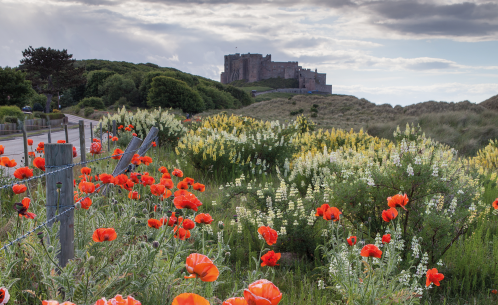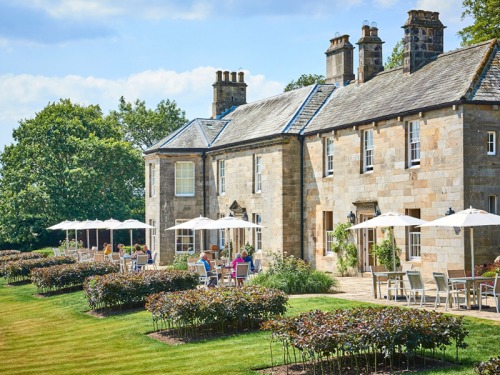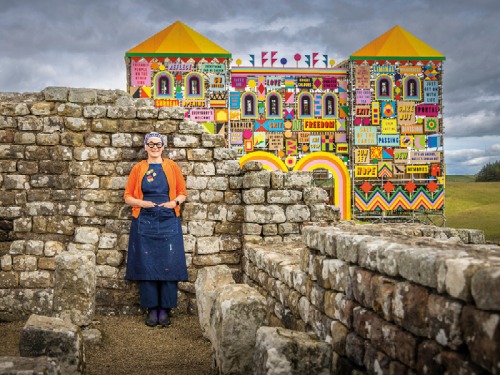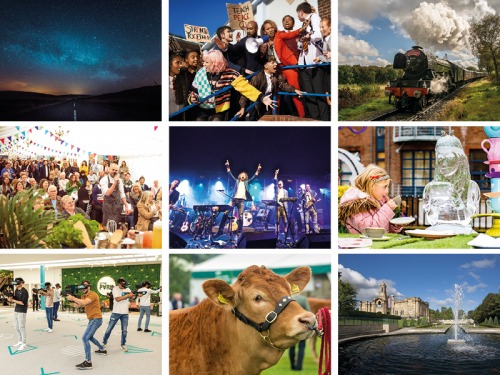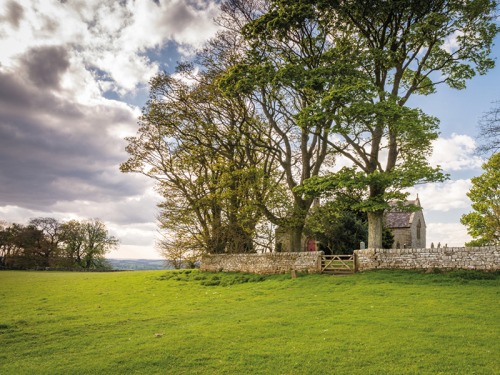The Hidden Secrets of Hadrian’s Wall and All the Places You Don't Want to Miss Along the Way
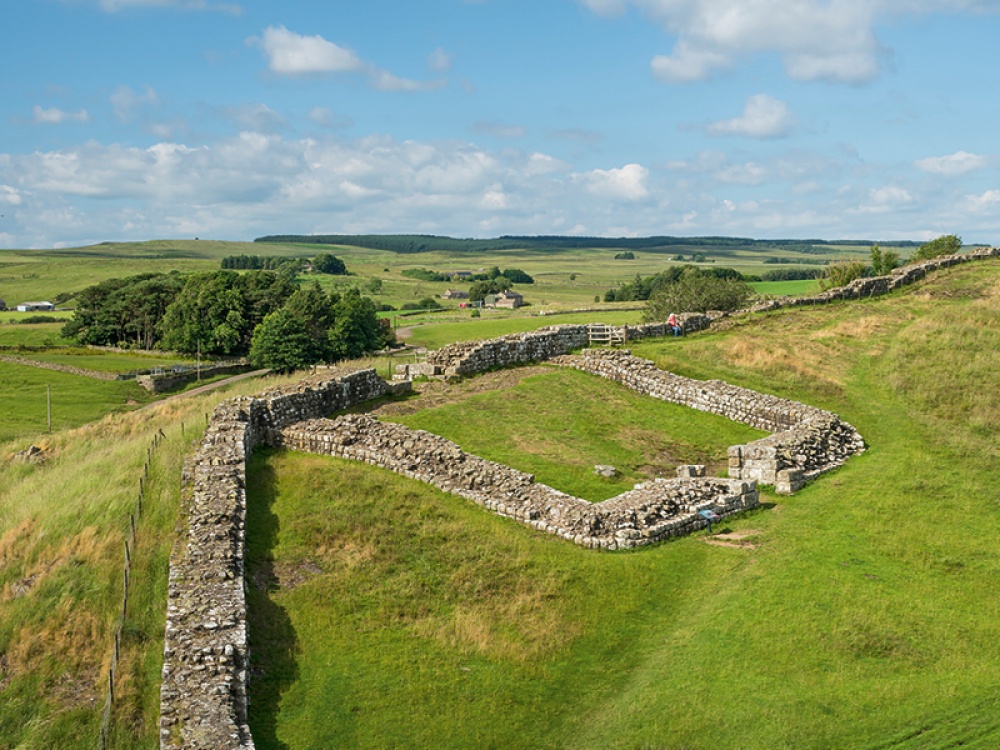
We head off the beaten track with David Taylor to take a closer look at some of the hidden secrets of Hadrian’s Wall as he shares 111 places we shouldn't miss
This is David’s second book of this kind. We caught up with him last year when he published his Newcastle version of 111 Places You Shouldn’t Miss, and he’s already working on his third release for Northumberland, available in spring 2023.
As in his first book, each entry is accompanied by one of David’s full colour photographs, alongside hints and tips to help you make the most of a visit to each area.
David lives in Hexham, so he was fairly familiar with the Northumberland stretch of the wall, but says his research and photography offered him a chance to better explore this stretch and the Cumbrian section too. ‘I also wanted to find and highlight some of the more quirky places,’ he says. ‘That’s places like Mr George’s Museum of Time in Haydon Bridge, a museum dedicated to timepieces, and I hadn’t heard of it before starting research on this book. It was fascinating. I thought I knew Northumberland but there’s still plenty to discover.’ At the museum, you can explore a wide selection of mechanical timepieces, keys, tools and parts, dating from the 18th century all the way through to the late 20th century.
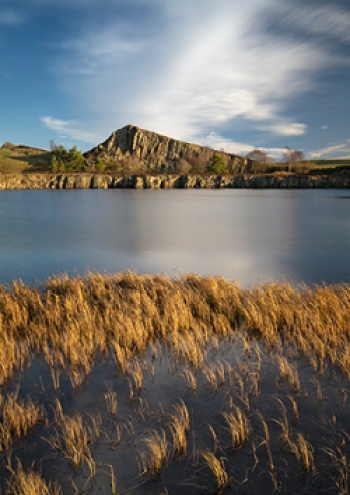
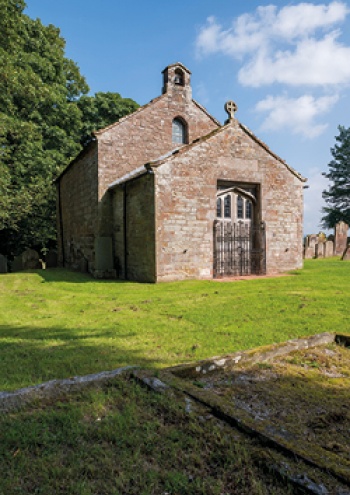
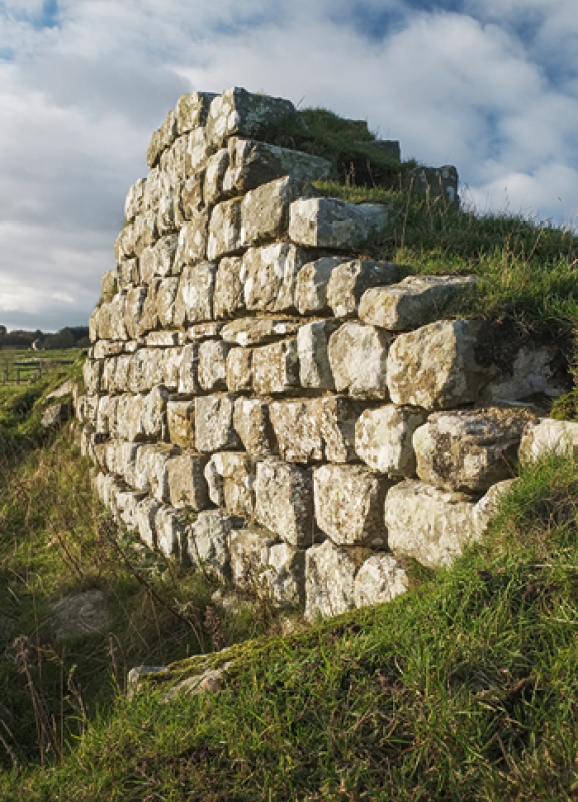
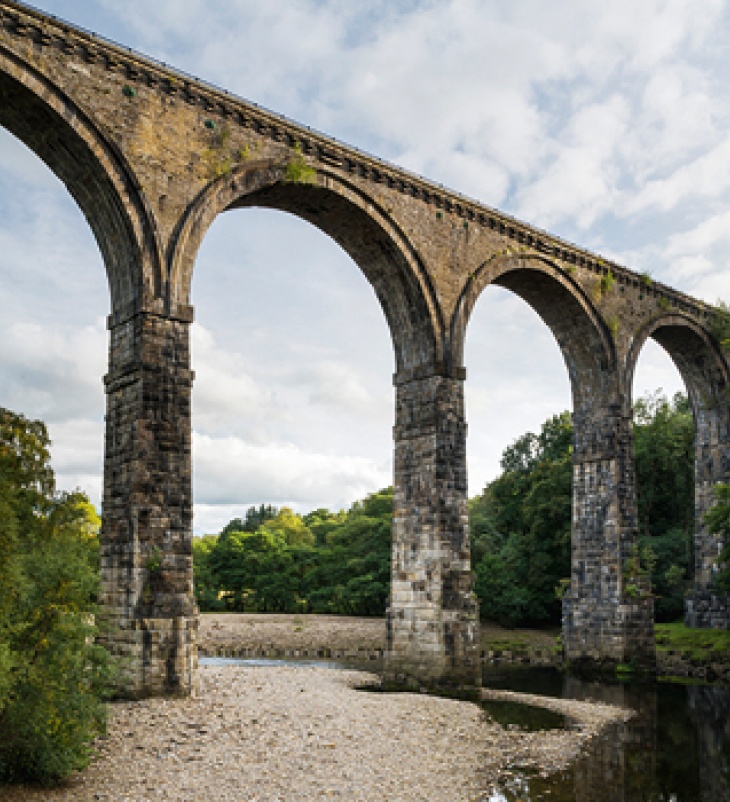
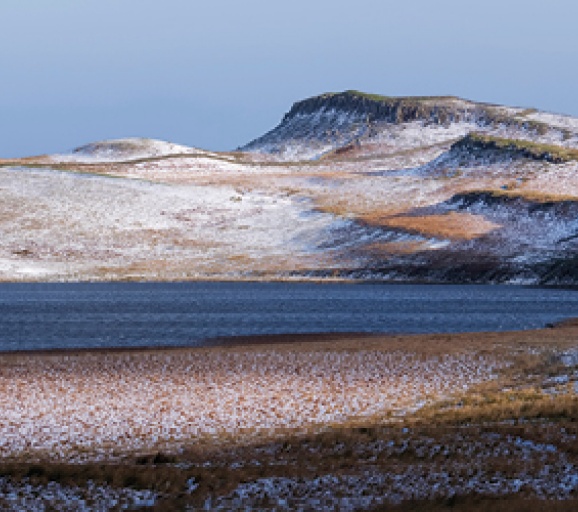
‘There are also places like Brampton Old Church, just outside the village of Brampton in Cumbria,’ David continues. ‘It’s a fascinating place to walk around. It’s not used anymore as it’s been replaced by the main church in the village. It’s quite an old church and it’s built on the site of an old Roman fort so you’ve got lots of layers of history on top of each other.’
There are places in Northumberland National Park that David already knew, but he says it was great to go and explore them in order to understand them better. He highlights Broomlee Lough (one of the larger lakes around Hadrian’s Wall) as one example. ‘There are so many myths and legends surrounding that area,’ he explains. ‘Lots of legends surrounding King Arthur funnily enough. Apparently, Excalibur still rests somewhere in the depths of Broomlee Lough. There’s also a legend about buried treasure that was dropped into the lough for safekeeping. It’s still there today – allegedly.’
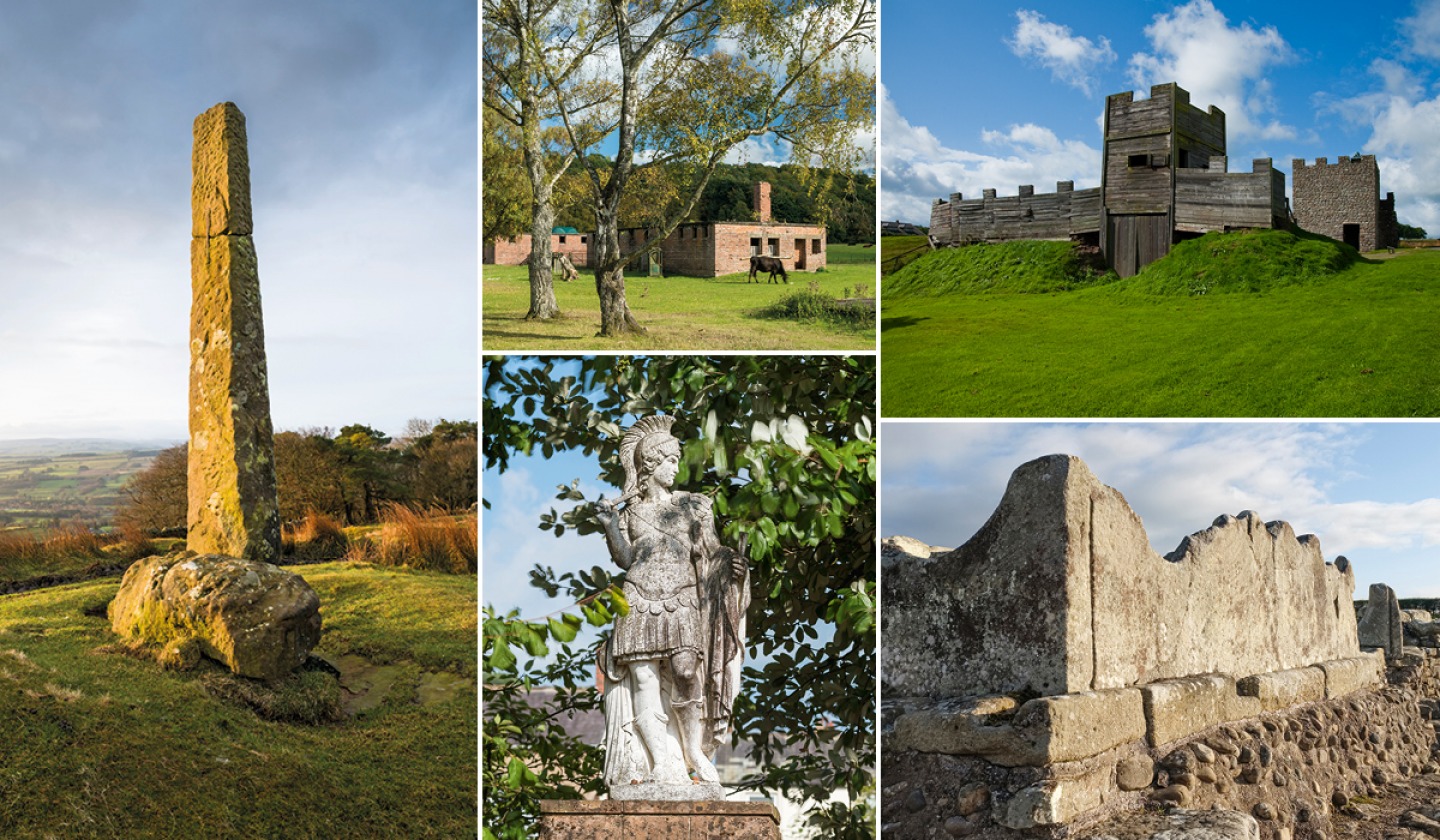
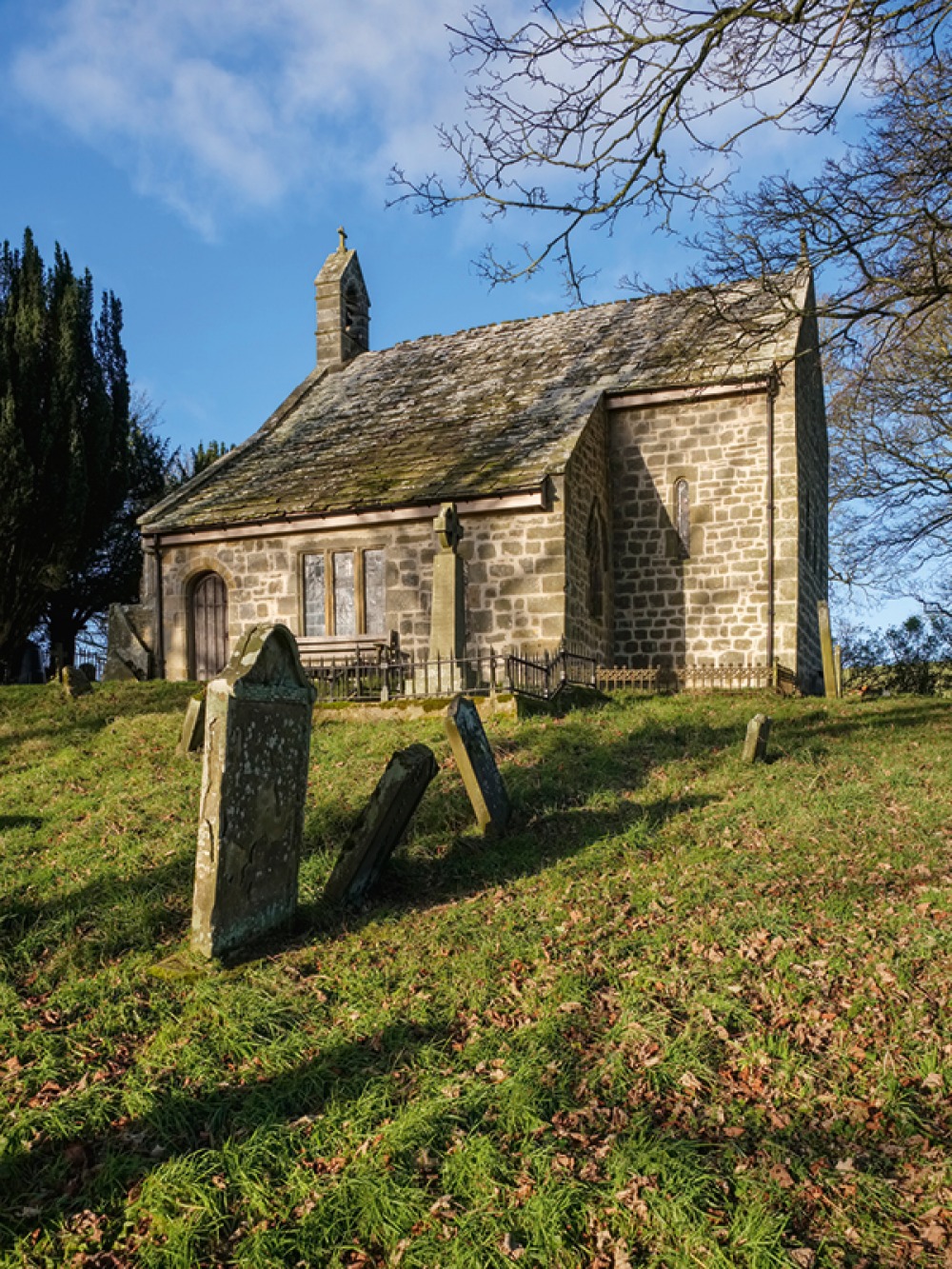
There are plenty of what David calls ‘honeypot locations’ along Hadrian’s Wall, like Vindolanda (one of Europe's most important Roman archaeological sites), which he says is also ‘well worth visiting’. Add to the list Sycamore Gap (the most photographed spot in the whole of Northumberland National Park), Segedunum Roman Fort and Carlisle Cathedral (currently celebrating its 900th anniversary).
‘I really like Vindolanda for a day out, because it’s constantly changing as they excavate that area all the time,’ David adds. ‘Even this year, when I went back for a wander around, I noticed it’s changed from last year. Amazingly they’re uncovering new things every year and will for perhaps the next 100 years. Barcombe Hill which overlooks Vindolanda has a great view, but also there are lots of interesting features on the hill too, such as a strange broken cross (Long Stone) – no one quite knows what it is or what it represents. There’s also an old Roman quarry.
‘I think people tend to go from Vindolanda to Housesteads to Chesters and perhaps don’t explore further off the beaten track. That’s what I wanted to achieve with this book. To make people realise that as well as these iconic places, just five minutes down the road there are new places to discover. It’s such a rich area in terms of its culture and history and it would be a shame to miss out.’
David has worked on his book throughout 2021 but it wasn’t without its challenges. ‘It was quite tricky at times. Quite often the weather was a big challenge; you don’t want to be shooting things in pouring rain. You want to see them in all their glory, so sometimes I had to change plans on the day. Some things only really work at certain times of the year too. Hadrian’s Wall is very much an east/west structure, so picking the right time of the day so the sun would be in the right place was a a challenge. The key [to photography] is either to be out early or out late, when the light is at its warmest and softest.’
David takes a lot of his inspiration from The Northumberland Coast by acclaimed photographer Joe Cornish. ‘It’s a fantastic selection of images which are very aspirational and inspirational,’ he says. ‘Whenever I’m running low on inspiration I tend to reach out for that book and it encourages me to better my work.’
With the publication of 111 Places Along Hadrian’s Wall That You Shouldn’t Miss, David’s aim is to highlight Hadrian's Wall as a must-visit area, not just for local people but also visitors from outside the North East. ‘The book is on sale across the world, including in the US, so I’m hoping it draws attention to this wonderful piece of history on our doorstep and plays a part in the development of the region,’ he adds. ‘The [North East] landscape is wonderfully wild and relatively unexplored, the people are great and it’s a very friendly and welcoming place.’
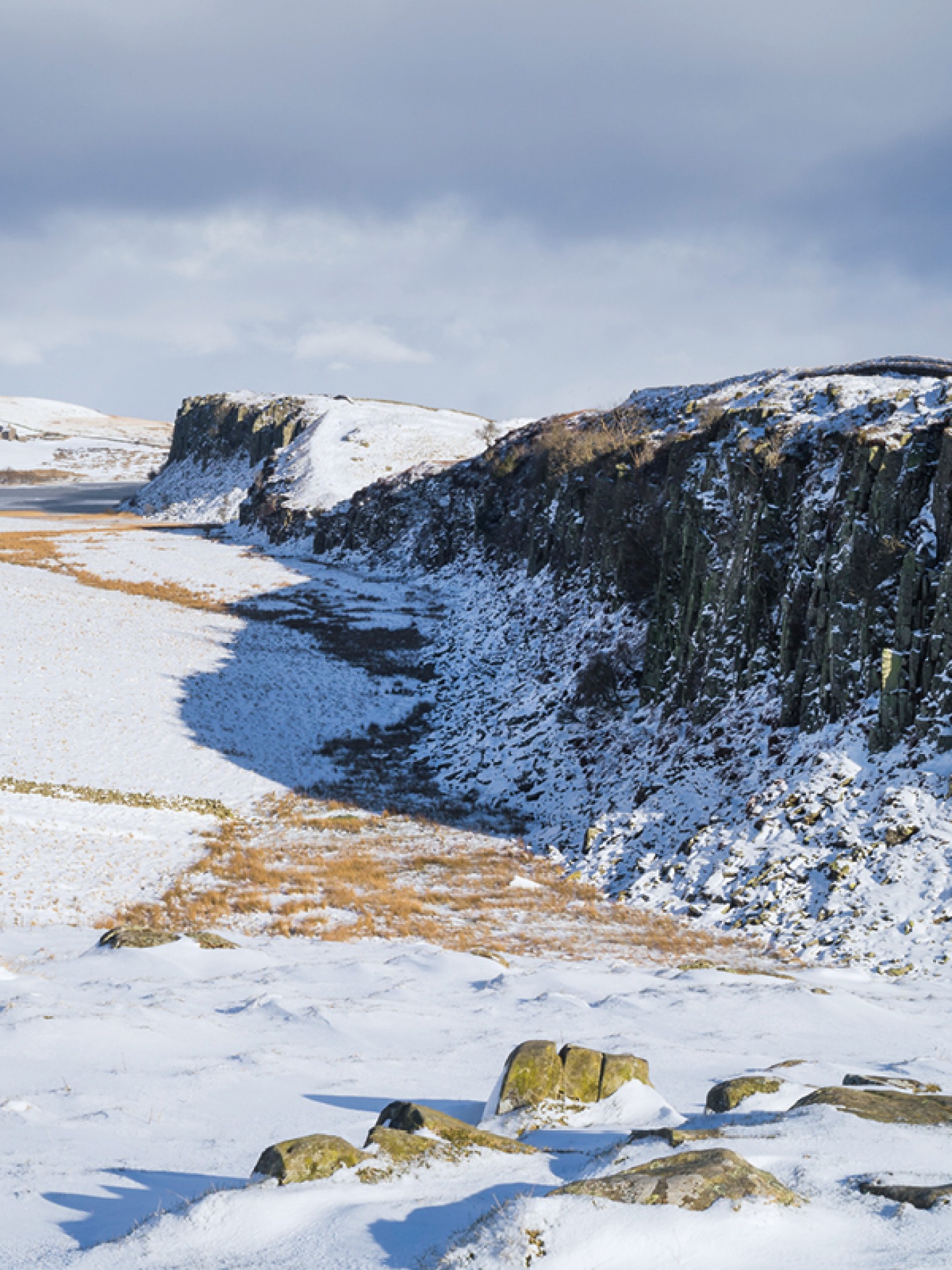
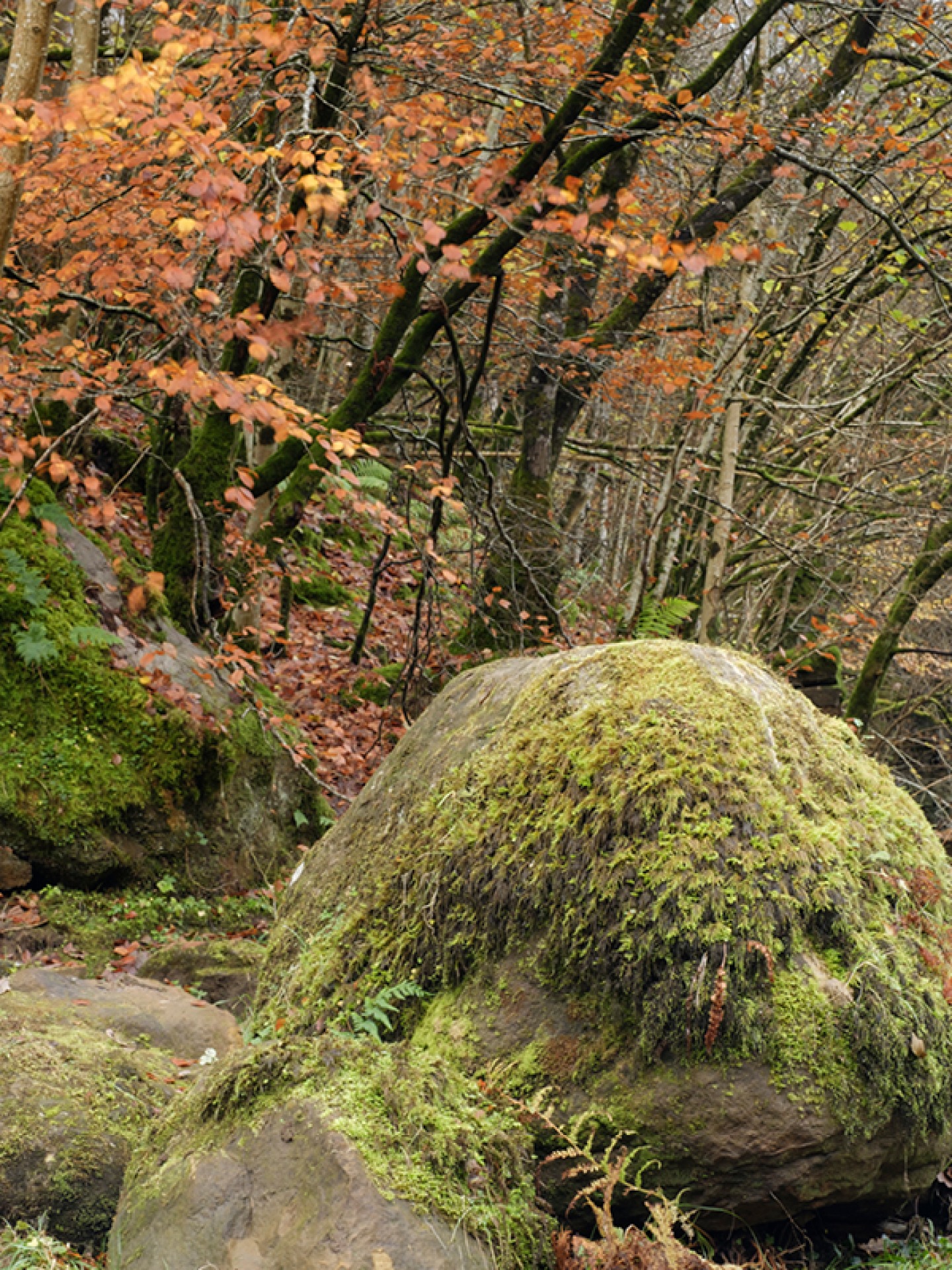
Camp 18
This quiet corner of rural Northumberland played a key part in D-Day. Camp 18 was built in 1944 to house and train US troops prior to the invasion and was known as Death Valley because it was so isolated. The remoteness made it ideal for use as a prisoner of war camp, and between 1945 and 1948 nearly 25,000 prisoners spent time here – working on local farms during the day and attending lectures in the evenings. The camp closed in 1948 and you can now visit the remains of it at Featherstone Park near Haltwhistle.
The Popping Stone
Thinking about getting down on one knee? This might be the place to go. In 1797 Scottish poet and author Sir Walter Scott proposed to Charlotte Carpenter at The Popping Stone in the Irthing Gorge near the village of Gilsland, just three weeks after they’d met. Since this proposal, The Popping Stone has been a popular spot for couples to pop the question – but that’s not actually why it’s called The Popping Stone (which likely derives from an Old English word meaning pebble-stone). The site has long been associated with courtships and fertility and over the years, people have chipped pieces away from the stone in the hopes of benefitting from its ‘magical powers’.
Cawfields
One for keen photographers, Cawfields (or Milecastle 42), a dramatic stretch of Hadrian's Wall on a steep slope at Haltwhistle, boasts clear views across to Wark Forest. It’s one of the highest standing sections of the wall, and also a great place to view the dark skies over Northumberland National Park. The second legion built Cawfields to protect the weak spot of Hole Gap and Cawfields Quarry is now home to large pond which is deep enough for local diving groups to use for practice.
The Spetchells
Northumberland’s lack of chalk makes The Spetchells at Prudhoe (the only area of chalk in the area) a ‘geological oddity’ according to David. An almost mile-long ridge here is entirely calcium carbonate and gleams a bright white when conditions are right. This isn’t a great miracle though and, unlike other areas of the wall, it doesn’t have a mysterious legend behind it. It’s actually a spoil heap from an ICI factory that was sited nearby during World War II. The factory made ammonium sulphate for the manufacture of explosives and the waste product was chalk (around 2.5 million tonnes by the time the plant closed in 1963). Chalk-loving plants, such as the traveller’s-joy, now make the most of this area.
111 Places Along Hadrian’s Wall That You Shouldn’t Miss by David Taylor, £13.99, is available in all good bookshops now.




